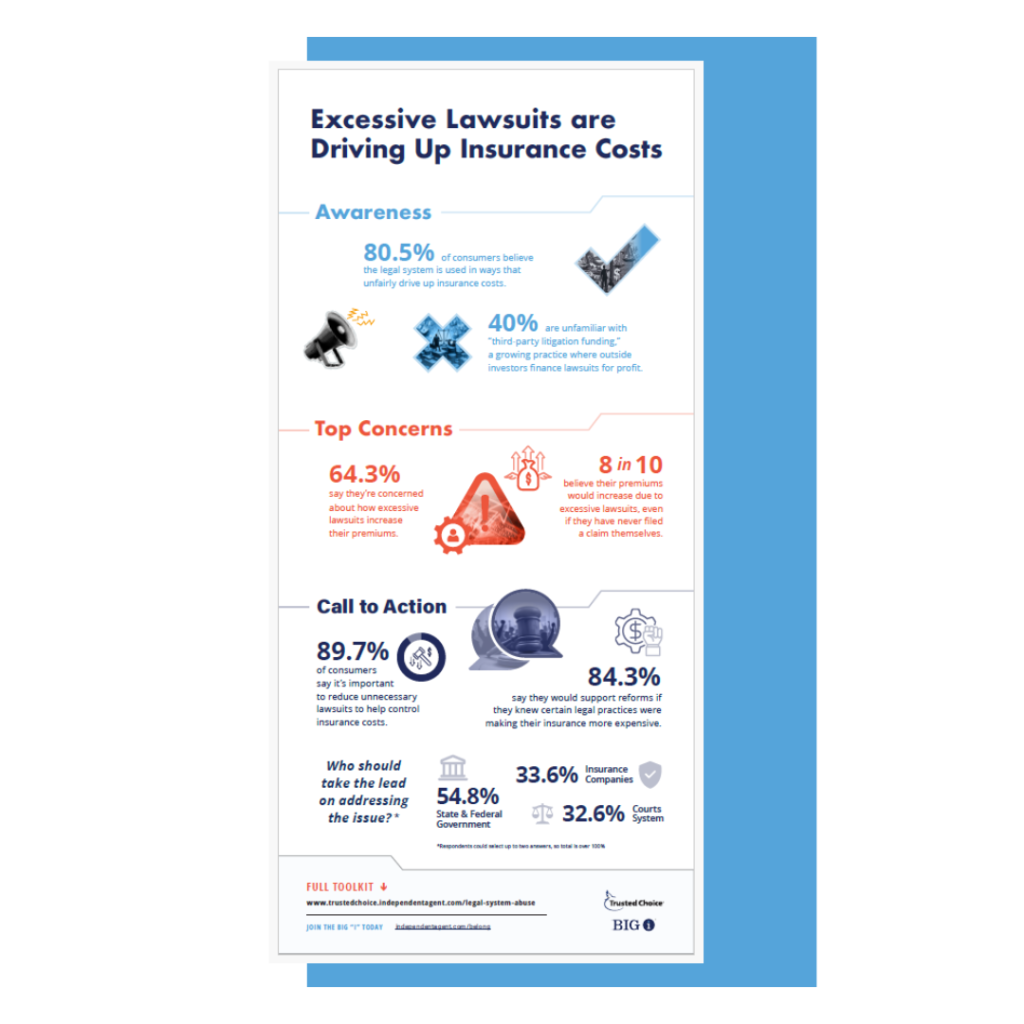A Single-Payer System and the Independent Agent
As the presidential race cranks up you will hear more and more Medicare for all, a.k.a. the single payer plan. What you won’t hear much about are the ramifications that will ripple through the insurance industry. It’s imperative that Big “I” members and your customers understand the magnitude.
Author: Bob Rusbuldt & Chris Boggs Election year is here and the presidential race is cranking up. That means you will hear a lot about Medicare for all, a.k.a. the single payer plan. It’s been at the epicenter of the campaigns. What you won’t hear much about, though, are the significant ramifications that will ripple through the insurance industry. It’s imperative that IIABA members and your customers understand the magnitude. Let’s start with workers’ compensation. It will cease to exist in its current form. A single payer, government-run health system would pay the injured employee’s medical costs but would not pay the other benefits currently included in work comp. Disability benefits, lost wages and death benefits would likely require separate policies that could even become optional. Because these coverages will not be standardized,” agents would need to compare available programs. And there are unanswered questions. Deductibles and coinsurance are common to health insurance, will employees have to pay these following a work-related injury? How would a single payer system account for the differences in hazard groups for individual workers? Then there’s auto liability. It’s tough to gauge the impact of single payer on bodily injury coverage, but a single-payer plan seems to require the elimination of the collateral source rule, which doesn’t allow a person to escape financial responsibility simply because there is another (collateral) source of funds available to pay for the injury. Without this change, the government could and would likely seek recovery from the at fault driver. Out of necessity, we’d wind up with a national no fault”-type program. According to the Insurance Information Institute, about $95 billion was paid in bodily injury claims in 2018. Agents would likely face commission reductions in selling scaled-down auto policies under a single payer system. And beware if your agency sells and services group health. You’ll have to find another way to earn income. The Kaiser Family Foundation reports that about 49% of Americans (156 million) were covered by a group health plan in 2018. Approximately 57% of US businesses offer group health plans. So, it’s not a stretch to figure that the agent/broker community could lose tens of billions in commission revenue under a single payer plan. There will no shortage of posturing, platitudes and cataclysmic rhetoric on single payer in the coming months. But it’s time to drill deeper and start a conversation about what that will really mean for all of us. The above article was featured in the February 2020 issue of IA Magazine. A Few Statistics, Thoughts and Questions Created by and Specific to a Single-Payer Program Workers’ Compensation According to the National Academy of Social Insurance (NASI), in 2017 the workers’ compensation industry paid out $62 billion in total benefits. Medical benefits accounted for $31.2 billion of the $62 billion. With approximately 140 million adult workers in 2017, each worker received approximately $2,229 in work comp benefits in that year. The US population in 2017 was just a bit higher than 325 million people. This means the work comp benefit-per-person was $960. There were an estimated 2.8 million compensable injuries in 2017. This number accounts for all injuries from minor to catastrophic. The average injured worker received medical benefits of $11,143. Employers paid $97.2 billion in workers’ compensation premiums in 2017 according to NASI. This calculates out to approximately $694 per worker and $300 per person (employed or not). Compare this to the cost of health insurance and amount of benefits paid by health insurers.
Auto Insurance It’s unclear how a single payer system might affect payout on bodily injury claims in auto insurance. The collateral source rule does not allow a person to escape financial responsibility simply because there is another (collateral) source of funds available to pay for the injury. If an insured is in an at-fault accident that results in $30,000 in medical costs, he or she is responsible to pay the loss even if there is health insurance. And even if health insurance responds first, the carrier will seek subrogation from the at-fault driver to recover payment. So, will bodily injury liability coverage still be required. The only way this realty could change is if the government stepped in and changed the application of the collateral source rule related to costs paid under a single payer program. Essentially, this would require a national no fault” type program. It seems lawyers would hate to see this type of change. An estimated $95 billion was paid in bodily injury claims in 2018 (estimated from III data and interpolated from per capita information). Group Health According to the Kaiser Family Foundation, about 49% of Americans (156.2 million) are covered by a group health plan. (More information can be found at this link and in this report.) Approximately 57% of businesses in the US offer group health plans.
Verifiable data regarding the total health insurance premium generated by group health plans is difficult to find. Several reports (including the ones linked above) provide per-individual or per-family costs. As indicated in the workers’ compensation section above, total health insurance premiums in 2017 were $867.5 billion, but this was all health insurance premiums including group health. With this information, we can only estimate total group health premiums at approximately $425 billion. According to some reports, group health commissions range between 3 and 6 percent. This means the agent/broker community may lose between $12.7 billion and $25.5 billion in commission revenue (not including bonuses and prizes). Can it be assumed a single-payer system will disallow any wrap around” options? Or will employers have the option to purchase additional benefits for their employees (currently called Cadillac plans)? If there is no option but the government option, agents and brokers will have to find another way to earn income such as managing the program for a fee or something. If wrap” or, what we call on the P&C side, difference-in-condition” plans (Cadillac plans) are allowed, the agents and brokers will still have that option. Last Updated: February 14, 2020 |









